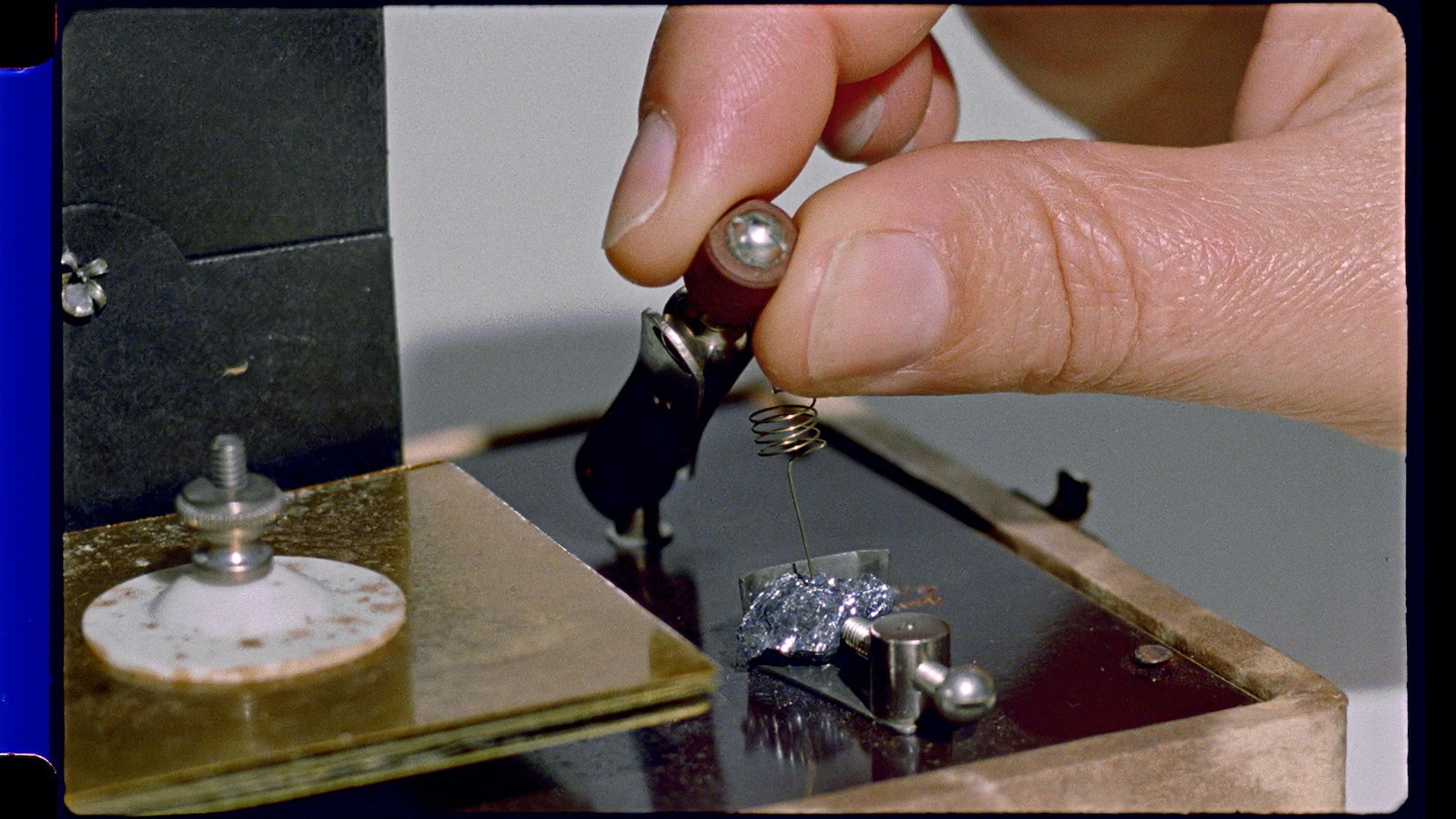Around Video Art Fair

3'03''
Ed. 2/3
_
Editing : Laurent Montaron
Camera assistant : Lucas Léglise
Technical advisor : Gordon Cyrus
Camera : Aaton XTR Prod
Film :16mm Kodak Vision3 200T 7213
Laboratory : Film Factory, Paris
Telecine : Blackmagic Cintel Film Scanner
_
https://vimeo.com/193912973
mot de passe : mcluhan

2'13'' - loop
Ed. 1/3
_
Editing : Laurent Montaron, Christophe Acker
With Jacques Perrault
Camera assistant : Lucas Léglise
Camera : Aaton XTR Prod
Film : 16 mm Kodak Vision3 200T 7213
Laboratory : Film Factory, Paris
Telecine : Blackmagic Cintel Film Scanner
_
https://vimeo.com/237715670
Password : mcluhan

4'20" - loop
Ed. 1/3
_
Editing : Laurent Montaron
Camera assistant : Lucas Léglise
Camera : Aaton XTR Prod
Film : 16mm Kodak Vision3 200T 7213
Laboratory : Film Factory, Paris
Telecine : Blackmagic Cintel Film Scanner
_
https://vimeo.com/289440638
Password : mcluhan

3'50''
Ed. 1/3
_
Editing : Laurent Montaron
Camera assistant : Lucas Léglise
Camera : Aaton XTR Prod
Film : 16mm Kodak Vision3 200T 7213
Laboratory : Film Factory, Paris
Telecine : Blackmagic Cintel Film Scanner
_
Compass Experiment is a film that reproduces some of the experiments conducted by the British-Israeli illusionist, magician, television host and self-proclaimed medium Uri Geller. These experiments took place at the Stanford Research Institute in California in 1972 for five weeks. Often considered a mere conjurer, Geller became known as a medium by performing telekinesis experiments that were broadcast on television in the 1980s and 1990s. While technological advances had made it possible to abolish time and distance, Geller's radio and television experiments attempted to go beyond the principle of one-way communication to give the receiver an active role. These communication experiments revealed a missing part in reciprocity. In the so-called compass experiment, Geller attempted to move the magnetized needle of a compass. Under the table on which the compass was placed, a mirror was used to isolate each angle of the camera documenting the experiment. During his attempts, Geller was not to touch either the compass or the table. After several unsuccessful attempts, the needle finally moved a few degrees, three times, slowly and with difficulty. Geller then asked those present to form a circle around him. This time, the movement of the needle increased considerably.
_
https://vimeo.com/289443203
password: mcluhan

1'26"
Ed. 1/3
_
Editing : Laurent Montaron
Camera assistant : Lucas Léglise
Camera : Aaton XTR Prod
Film : 16mm Kodak Vision3 200T 7213
Laboratory : Film Factory, Paris
Telecine : Blackmagic Cintel Film Scanner
_
In this film, the artist films a galena set, a rudimentary form of radio receiver popular in the early radio era. The device was named for its most important component, a receiver made from lead ore. This metal, once considered an essential element in alchemical processes, is now commonly used in automobile and computer batteries. In the film, a hand can be seen trying to reach a radio signal, re-enacting a pivotal moment in media history where science and alchemy coexist and as Arthur C. Clarke points out "Any sufficiently advanced technology is indistinguishable from magic."